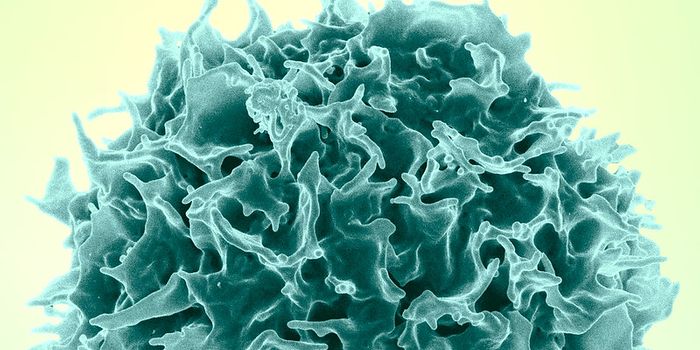Using AI to triage chest pain patients
Experiencing chest pain can be alarming. In almost every case, the medical recommendation for people experience chest pain is to seek emergency care because, in some cases, the cause of chest pain could be life-threatening.
Unfortunately, while chest pain is responsible for about seven million emergency room visits every year, only a small fraction of these patients have life=threatening, cardiovascular causes of chest pain, which include acute coronary syndrome, pulmonary embolism, and aortic dissection.
Given the large volume of patient’s emergency rooms see on a regular basis, coupled with the fact that not all people presenting with chest pain are in a life-threatening situation, clinicians need a way to triage people coming into the emergency room to prioritize care. What’s more, many preliminary diagnostic tests, such as blood tests and echocardiograms, aren’t very specific, leading to widespread usage of imaging tests that often show no life-threatening cause of chest pain.
A team of researchers at Massachusetts General Hospital have developed an artificial intelligence program that could help detect life-threatening cases of chest pain with ease. The team’s work is described in a recent article published in Radiology.
To develop the AI, researchers used health data from over 23,000 people who had been patients at Massachusetts General Hospital. The health data included chest x-rays, which helped trained the AI to look for subtle signs of life-threatening disease. Researchers then tested the AI model on almost 6,000 patients, all of who were patients at Massachusetts General Hospital or Brigham and Women’s Hospital.
The AI tool was able to predict one of the three major causes of chest pain when those causes were present, improving the ability to make these predictions beyond what is capable with currently markers, such as d-dimer blood tests and patient demographic information. The model also enabled researchers to hold off on additional testing with diagnostic imaging in about 14% of patients in the study, compared to the only 2% of patients who are often have additional testing deferred after traditional first-line diagnostics.
The team hopes that, in the future, their tool could help quickly identify those patients who need immediate medical care and those who can be safely discharged to go home, freeing up important resources in already strained emergency departments.
Sources: Eurekalert!; Radiology








